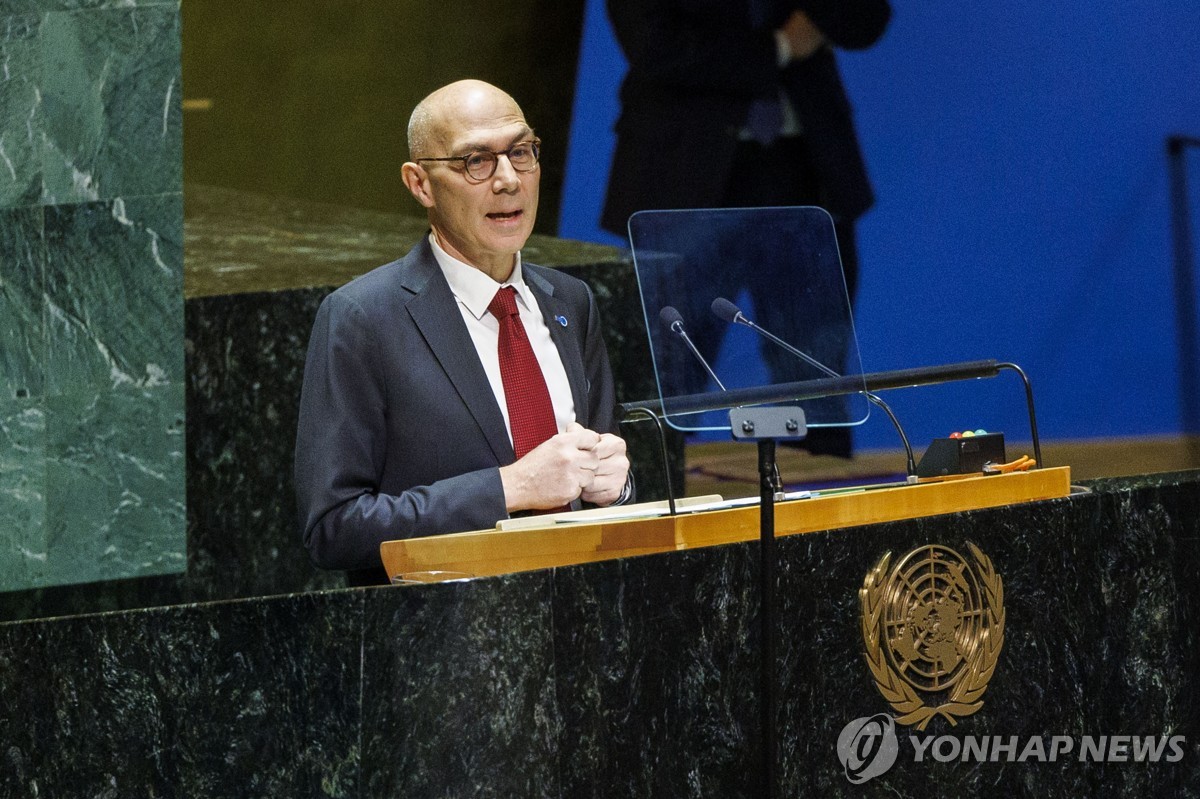In cooperation with the Africa Institute at the University of Global Studies and the Sharjah Museums Authority, the Sharjah Art Foundation is organizing the exhibition “Talisman Symbols and Images”, by artist Henoch Melkamzer, from February 24 to June 16, 2024.
Sharjah 24:
The Sharjah Art Foundation, in cooperation with the Africa Institute at the University of Global Studies and the Sharjah Museums Authority, is organizing the “Talisman Symbols and Images” exhibition, by artist Henoch Melkamzer, from February 24 to June 16, 2024.
This exhibition is held at the Sharjah Art Museum, and is curated by Elizabeth Giorgis, Associate Professor of Art History, Theory and Criticism at the Africa Institute. It is Henoch’s largest solo exhibition to date, as it includes more than 100 works, allowing the public to see variations of his paintings, which are full of dense patterns and colors. Multiple shapes, symbols, words and numbers.
The artist created these visually stunning compositions using acrylic and fabric, in addition to traditional natural dyes. His artistic practice provides the audience with the opportunity to explore many of the talismanic manifestations of the present time, which he considers that the key to reading them artistically lies in starting from the center, where the eyes gradually shift outward. Each trellis begins with a word or spiritual concept that embodies the implicit relationship between color and the alphabetical form of the talisman language.
The talismanic art form in Ethiopia derives symbols, drawings and texts that reflect spiritual and philosophical significance, through inspiration from astrology, religion and spirituality. The forms used in this art over long periods have been influenced by the social, political and cultural history of Ethiopia, and modern methods of expression have also been used to address the most prominent problems in the world. Contemporary issues, such as climate disasters, war, and poverty.
Although the “talisman” remains a popular practice, often described in Western circles as “the art of healing” or “the art of incantation,” which distances it from many modernist discussions, the exhibition challenges such a one-dimensional modernist approach. It offers us a unique vision into one of the most important modernist artistic practices in Ethiopia, which is embodied through the works of Henoch Melkamzer.

